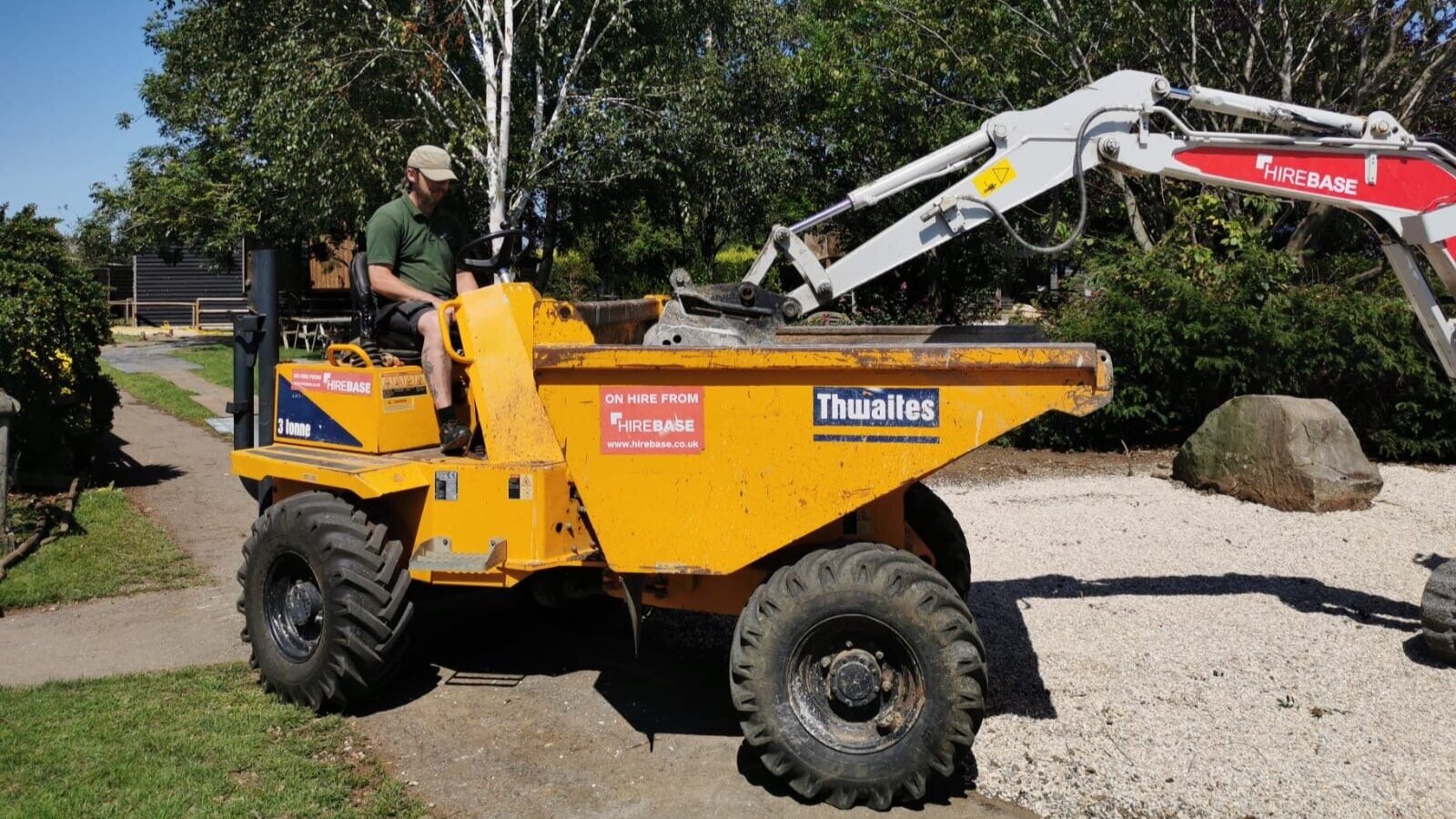The new hack we built in the autumn has helped some of our hospital birds in their rehabilitation before release into the wild again.
Checking out the new lodgings
Over the Christmas period a new species spent some time in there. A young male Sparrowhawk (also known as a Musket to falconers) was put in the pen to gain fitness after an extended stay with us. He was brought in unable to fly after sustaining feather damage. Birds of prey replace their feathers very slowly, and a young Sparrowhawk won’t replace all of its juvenile feathers until it’s third summer. This means that any damage sustained in it’s first year can have a detrimental effect on it’s survival, as this species relies on it’s feathers being in tip-top condition to be able to hunt.
The grey adult feathers are better quality than the brown juvenile feathers, which can take 3 years to replace.
You may have been lucky enough to see a Sparrowhawk hunting, as they are now a fairly common sight in urban gardens, especially if you have a good population of garden birds regularly visiting your feeders. Sparrowhawks will map out the neighbourhood and know the best routes into the densest populations of small birds, such as House Sparrows, Starlings and Blackbirds. Females are significantly larger than males and can even take full grown Woodpigeons, which weigh about the same as them!
These hawks are capable of catching prey in the air, and their feathers enable them to be highly manoeuvrable in pursuit of their prey. They will also take small rodents and are excellent ambush predators as they use vegetation to get closer to their target.
As a young bird, the Musket will spend a week or so in the hack pen, to introduce it to the release location. The hack pen is designed with small gaps in the structure to allow prey animals such as mice and voles access, which should allow the Musket the opportunity to catch it’s own food. Our falconers will also provide food for it, and once the pen is opened, food will continue to be provided until we are certain the bird is no longer visiting, by using trail cameras.
The Musket will be able to hunt for rodents in a more natural environment before release.




















































